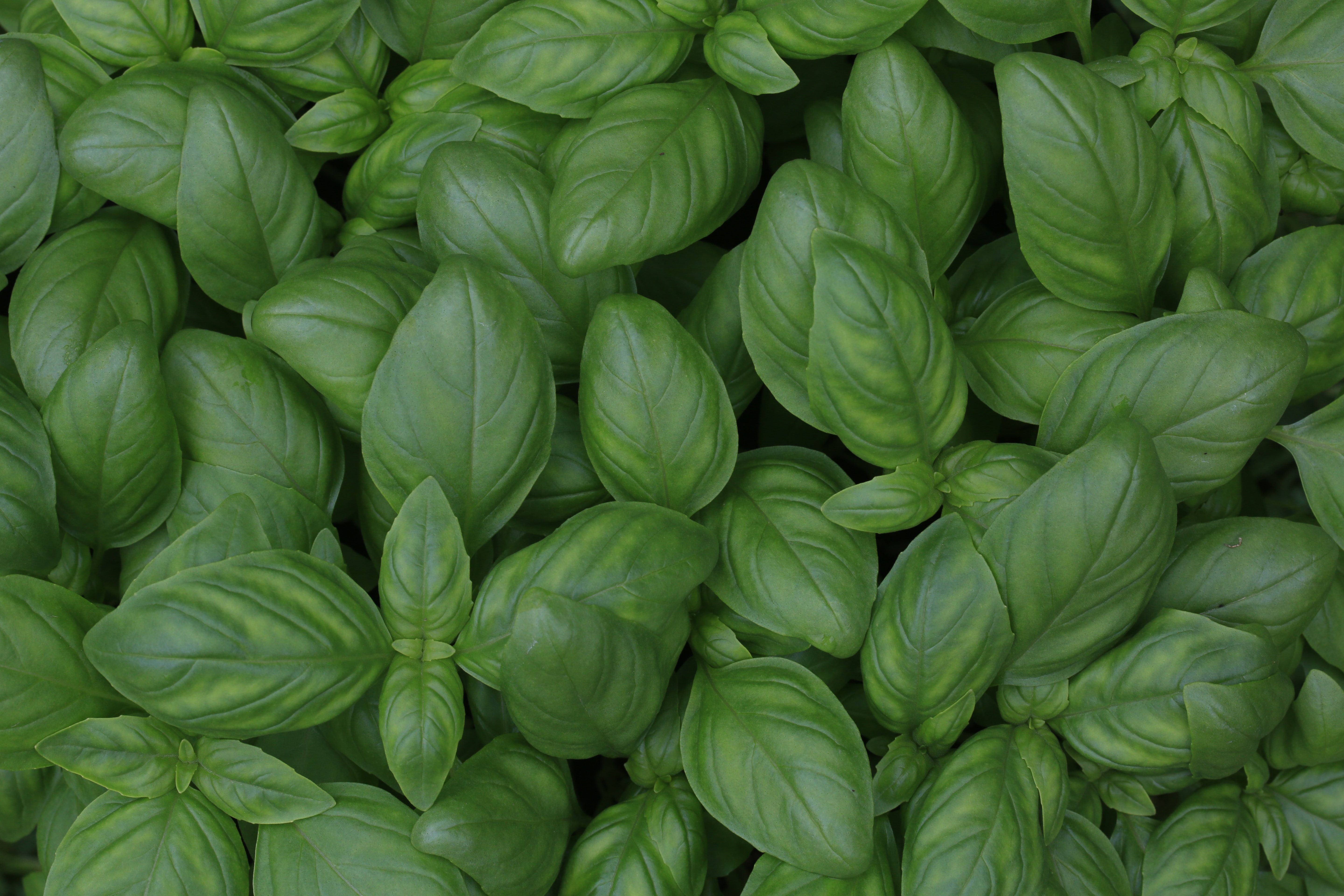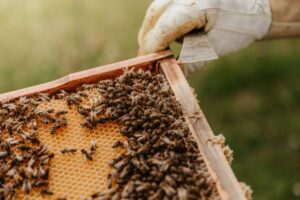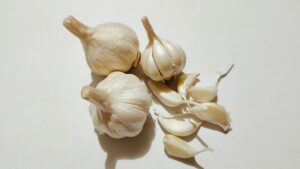Growing basil is a rewarding and relatively straightforward process. Here’s a step-by-step guide on how to grow basil:
1. Choose the Right Variety:
There are several varieties of basil, each with its unique flavor profile. Common types include Sweet Basil, Genovese Basil, Thai Basil, and Lemon Basil. Choose a variety based on your culinary preferences.
2. Start from Seeds or Seedlings:
Basil can be grown from seeds or purchased as seedlings. If starting from seeds, sow them indoors in a warm and well-lit location about 6-8 weeks before the last expected frost. Transplant seedlings outdoors when they have at least two sets of true leaves.
3. Select a Sunny Location:
Basil thrives in full sunlight. Choose a location with at least 6-8 hours of direct sunlight per day. If you’re growing basil indoors, place pots near a sunny windowsill.
4. Provide Well-Draining Soil:
Basil prefers well-draining soil with a slightly acidic to neutral pH. Ensure good drainage to prevent waterlogged roots. You can add organic matter like compost to improve soil fertility.
5. Watering:
Basil likes consistently moist soil but doesn’t tolerate waterlogged conditions. Water the plants regularly, keeping the soil evenly moist. Water at the base of the plant to avoid wetting the foliage, which can lead to diseases.
6. Pruning and Pinching:
Regular pruning helps encourage bushier growth and prevents the plant from becoming leggy. Pinch off the top set of leaves when the plant is about 6 inches tall. Regularly pinch back the growing tips to encourage lateral growth.
7. Fertilizing:
Basil doesn’t require excessive fertilization. A balanced, water-soluble fertilizer can be applied every 4-6 weeks during the growing season. Be cautious not to over-fertilize, as this can negatively impact flavor.
8. Companion Planting:
Basil is known to have beneficial effects on other plants. It can repel certain pests and enhance the flavor of neighboring plants. Consider planting basil near tomatoes, peppers, or other vegetables.
9. Protect from Pests:
Keep an eye out for common basil pests such as aphids, spider mites, and whiteflies. If you notice any infestation, use insecticidal soap or neem oil as natural remedies.
10. Harvesting:
Start harvesting basil once the plant has developed enough foliage. Harvest leaves regularly, but avoid removing more than one-third of the plant at a time. This encourages continuous growth. Harvest in the morning when the oils are most concentrated.
11. Overwintering (for Annual Varieties):
Basil is an annual plant, but you can try to extend its life by bringing it indoors before the first frost. Prune it back, place it in a sunny location, and water sparingly during the winter months.
By following these guidelines, you can grow lush and flavorful basil to enhance your culinary creations. Whether you’re cultivating it in a garden or in pots on a windowsill, basil is a versatile and aromatic herb that adds freshness to a variety of dishes.
The photo is from unsplash.com



